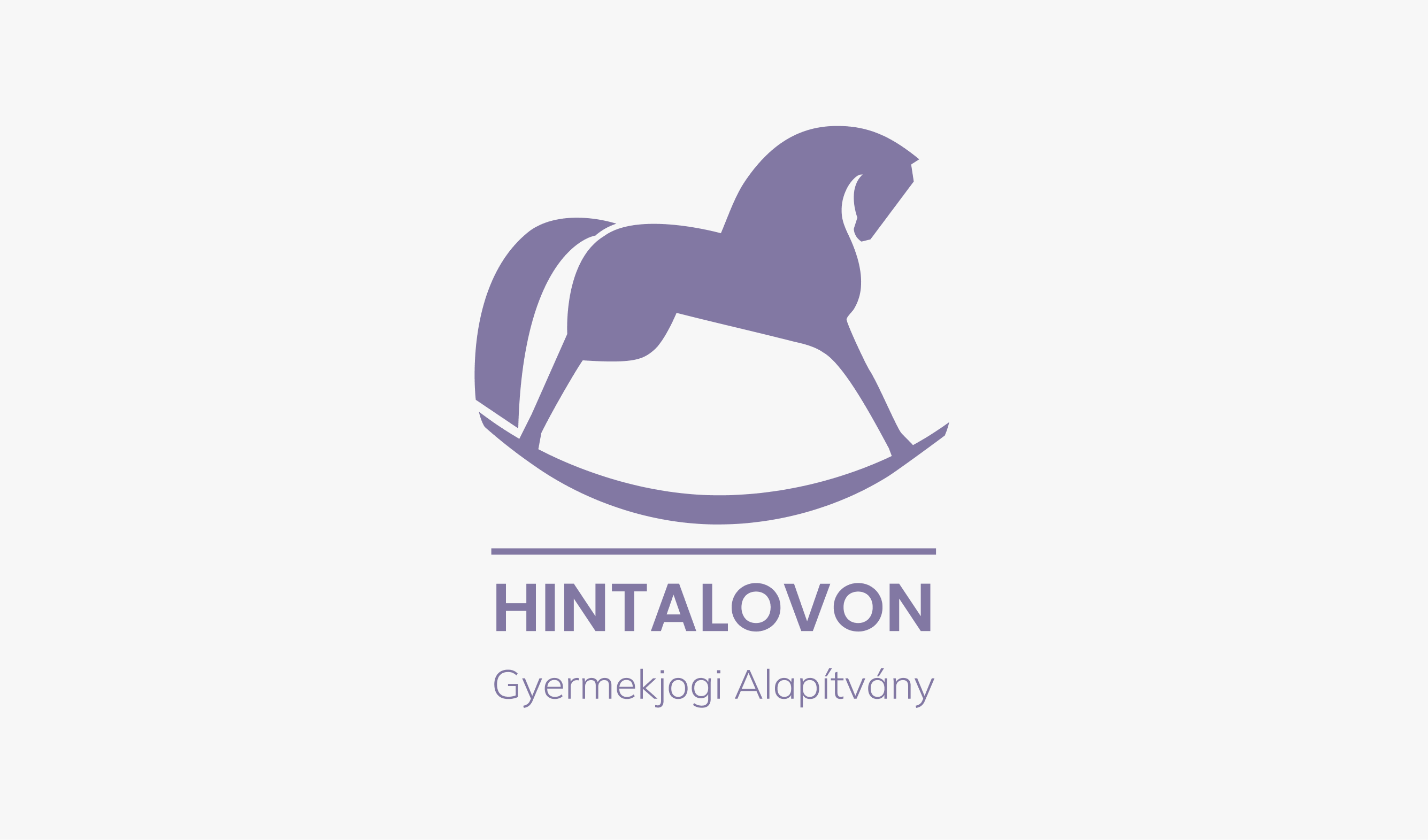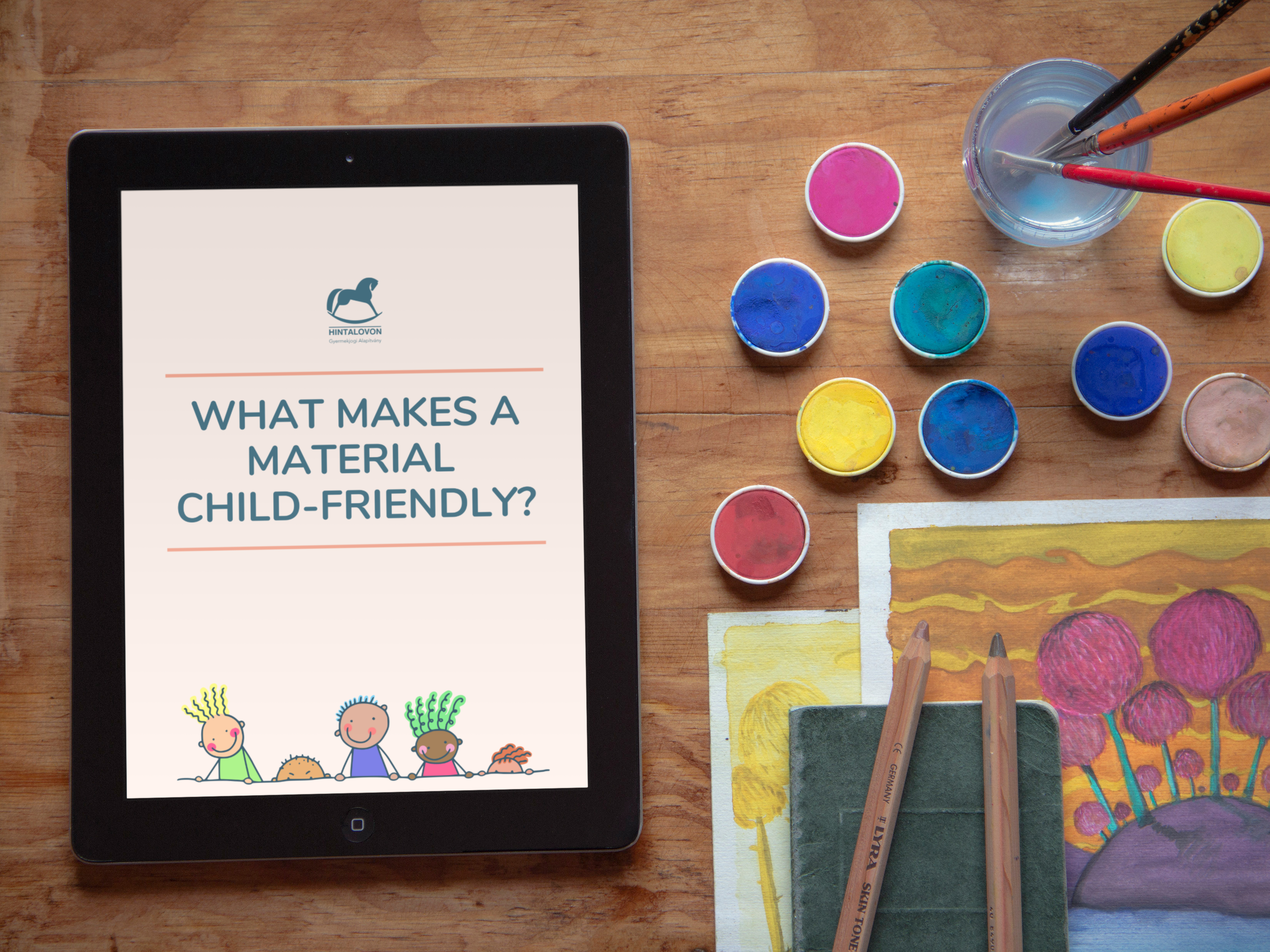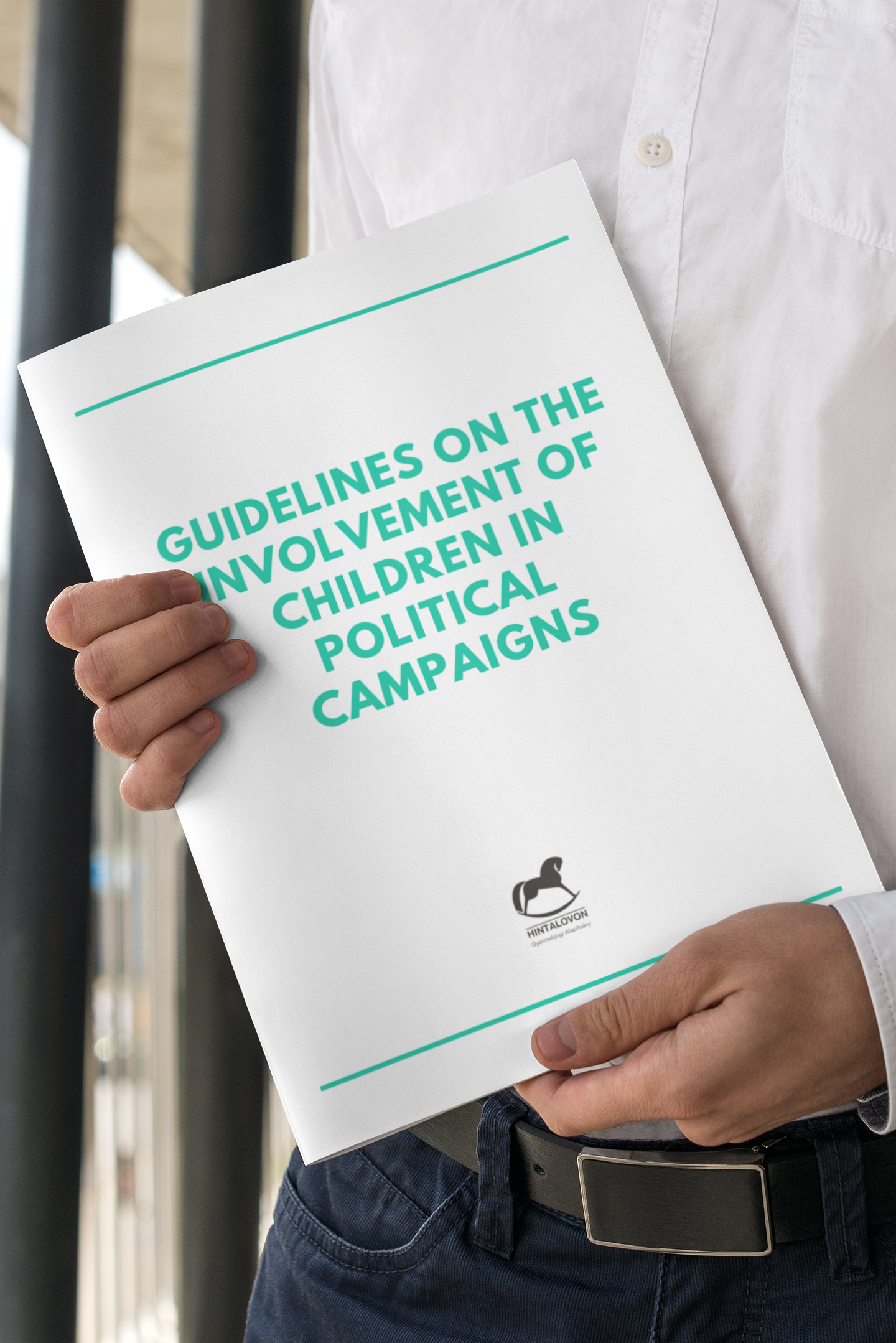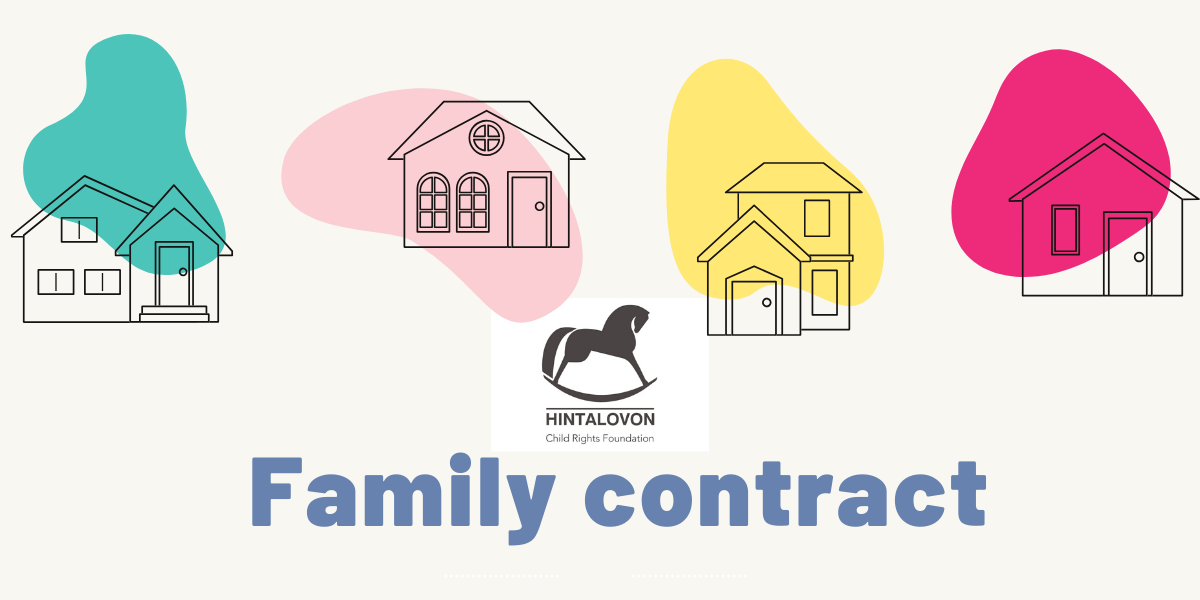What was it like to be a child in Hungary in 2016?
First in a line of annual reports to come, Child Rights Report 2016 provides an account of how well children were in Hungary in that year and to what extent their rights were realized. The report informs about all changes in legislation, statistics, actual realization of children’s rights, about child rights topics that dominated public interest, and also how we, adults, think of children. This first evidence based objective report which considers both positive and negative developments and focuses on values and children’s rights without judgement and recommendations.
2016 was an exciting year concerning child related issues. There was much to talk about, though rarely on a happy note. What drove us mostly was worry about three main issues: education, child poverty and child abuse.
From children to teachers, parents to politicians the system of Hungarian public education was cause for much worry for all in 2016. In January teachers started a new movement demanding improvements in the quality of education. Students, in solidarity with their teachers, demonstrated for reforms in their education. In December the PISA-test results were published and they proved to be weakest ever since measuring the quality of education.
Another main, recurring topic of 2016 was child poverty. From the news and professional documents we learnt about child starvation (the situation of the central food provision for children), the right of the child for social security, (increasing poverty among the population, problems stemming from low income). Poverty and deprivation were also reported related to education: according to research findings published in 2016 the Hungarian system of education contributes to social inequality, and about 150–200 thousand children living in poverty do not receive quality education.
The most shocking news in 2016 were the sexual abuse charges against the director of a well-known children’s home, the sexual assault against a 2-year-old girl and the report of the Commissioner for Fundamental Rights (ombudsman) on children with hands tied up and locked in a closet, or on the liability of professionals in the case of a child who was starved to death by her parents.
In relation to all three questions of children’s rights dominating the news in 2016 vulnerability of Roma children and families need to be acknowledged. In 2016 the European Union called for the elimination of the disadvantageous situation and segregation of Roma children in the Hungarian system of education.
There was no shortage of child right issues in 2016 and legislators were hard at work. There was a new law or amendment related to child rights for every month of the year.
In addition to the above mentioned dilemmas this Report covers several other issues. A 2016 overview and report on children’s rights cannot be complete without mentioning one specific group of children. These are the children on the move who, although in a smaller number in 2016 than earlier, showed up at the Hungarian borders and who suffered pain, fear and traumas during their many thousand kilometres travel, and who, in Hungary, are primarily considered “migrants” and not children.
Addressing the original question of what was it like to be a child in Hungary in 2016, our answer is: full of debates. There are very few child right cases in which members of the society, professional circles and the decision making politicians agreed.











